Delving into the Captivating World of Colura bicornis Jovet-Ast Moss
Affiliate Disclaimer: As an affiliate, we may earn a small commission when you make a purchase from any of the links on this page at no additional cost to you!
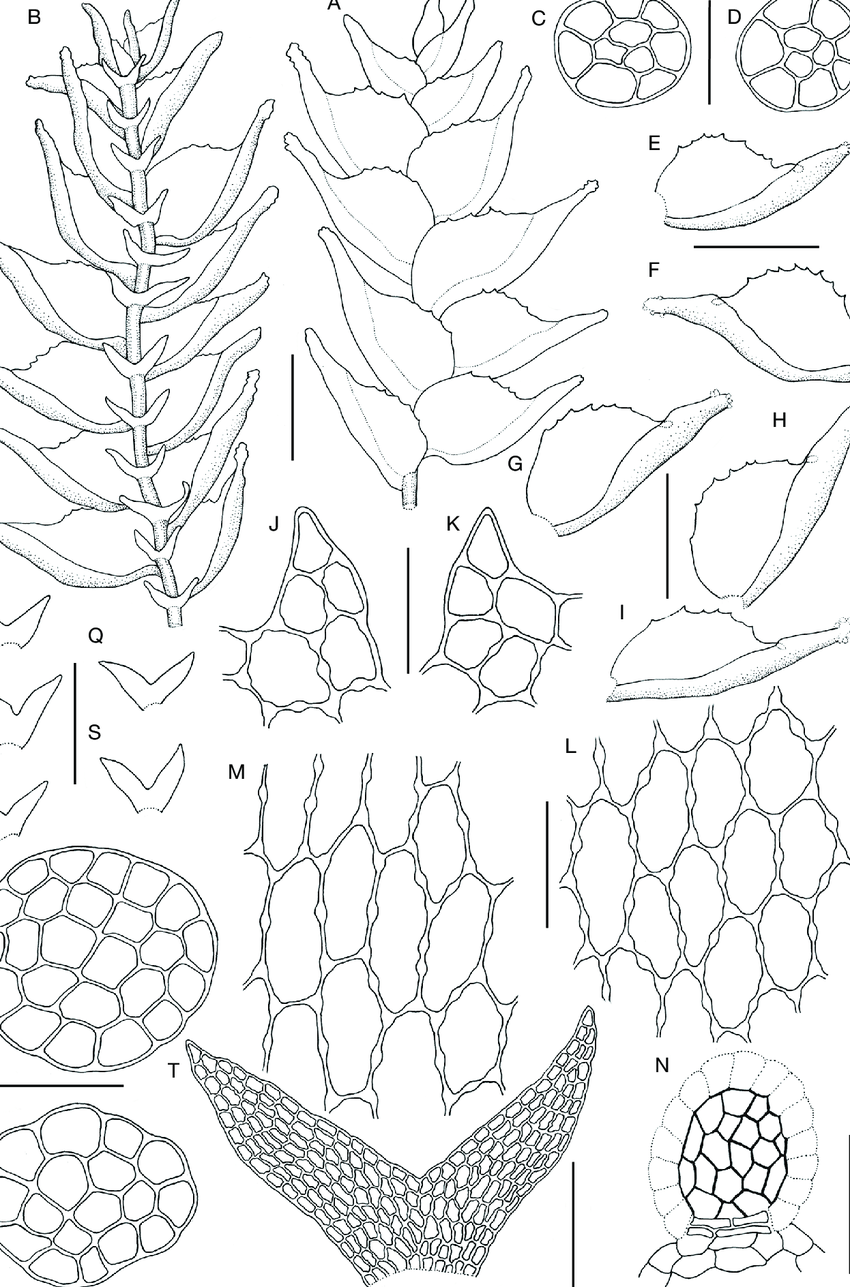
Colura-pluridentata-Jovet-Ast-A-portion-of-plant-in-dorsal-view-B-the-same-in.png from: https://www.researchgate.net/figure/Colura-pluridentata-Jovet-Ast-A-portion-of-plant-in-dorsal-view-B-the-same-in_fig5_343340853
Exploring the Fascinating World of Colura bicornis Jovet-Ast Moss
Introduction
Today we’re diving into the captivating realm of Colura bicornis Jovet-Ast, a unique species of moss belonging to the Lejeuneaceae family. This tiny but mighty plant, commonly known as Colura, plays important ecological roles and boasts some amazing adaptations. Join me as we uncover the secrets of this marvelous moss!
Background on Colura Moss
Colura bicornis Jovet-Ast is classified under the division Marchantiophyta and class Jungermanniopsida. The Lejeuneaceae family to which it belongs is one of the largest groups of leafy liverworts, containing over 1000 species worldwide. Colura mosses are very small, usually only 1-2 mm long, but pack a lot of interesting features into their tiny frames.
Morphology and Identification
Colura mosses have a unique appearance that helps with identification. Their leaves are deeply divided into two unequal lobes. The larger upper lobe is often sac-like or hood-shaped, while the lower lobe is much smaller and sometimes tooth-like. The leaf cells have distinct trigones (corner thickenings). Colura bicornis gets its species name from the two horn-like perianths that protect its female reproductive structures.
Global Distribution and Habitat
Colura bicornis has been recorded in tropical and subtropical regions around the world, including parts of
8–3-Colura-australiensis-Ast-from-Pocs-Streimann-9990-C-1-habit-ventral.ppm from: https://www.researchgate.net/figure/8–3-Colura-australiensis-Ast-from-Pocs-Streimann-9990-C-1-habit-ventral_fig1_347573599
Asia, Africa, Australia, and South America. It typically grows as an epiphyte on the leaves and branches of trees and shrubs in humid forests. The sac-like leaf lobes help the moss retain water in its environment.
Ecological Roles and Adaptations
Like other epiphytic bryophytes, Colura mosses contribute to nutrient cycling and moisture retention in their forest habitats. Their unique leaf morphology allows them to efficiently capture and hold onto water and nutrients. Some species of Colura even have special adaptations with their leaf lobes that enable them to trap and digest micro-organisms, giving them a supplemental food source.
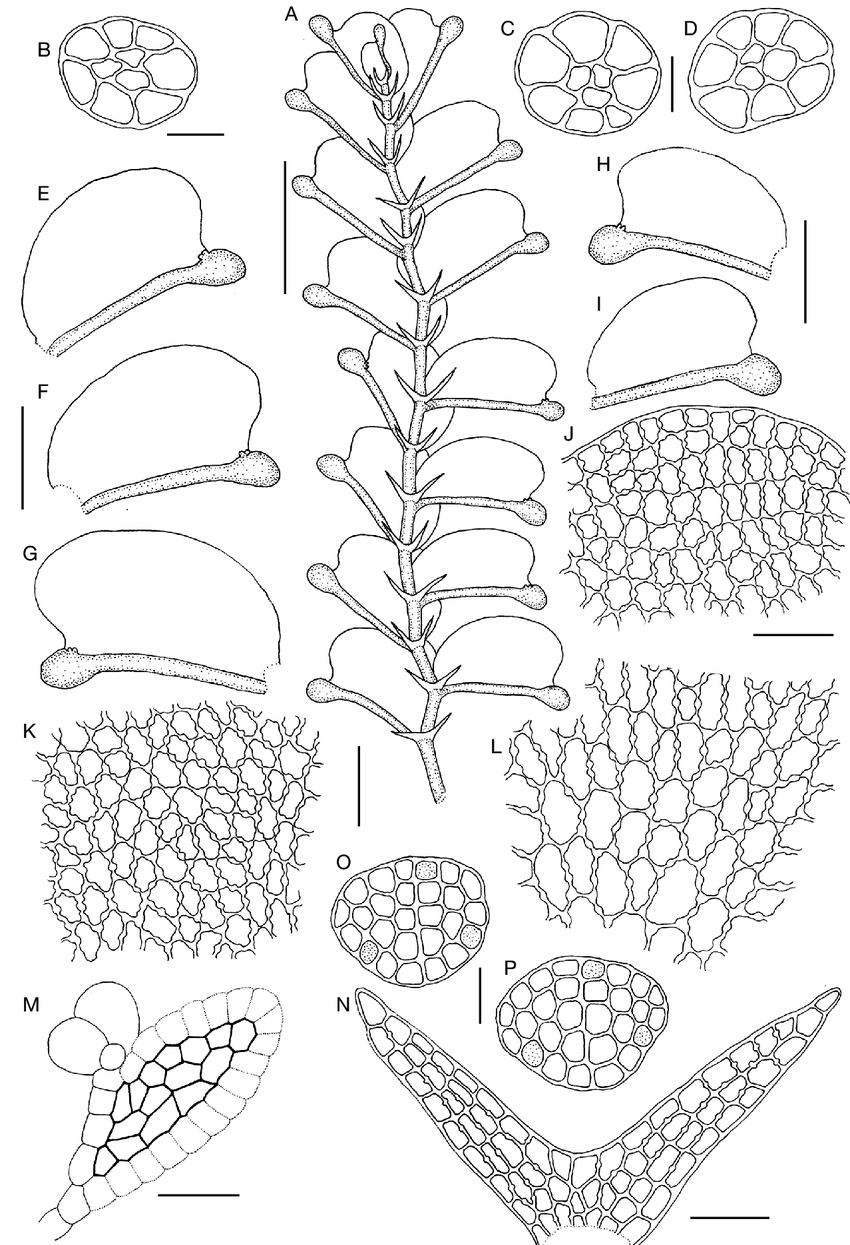
Colura-acroloba-Prantl-Jovet-Ast-A-portion-of-plant-in-ventral-view-B-D-cross.png from: https://www.researchgate.net/figure/Colura-acroloba-Prantl-Jovet-Ast-A-portion-of-plant-in-ventral-view-B-D-cross_fig1_343340853
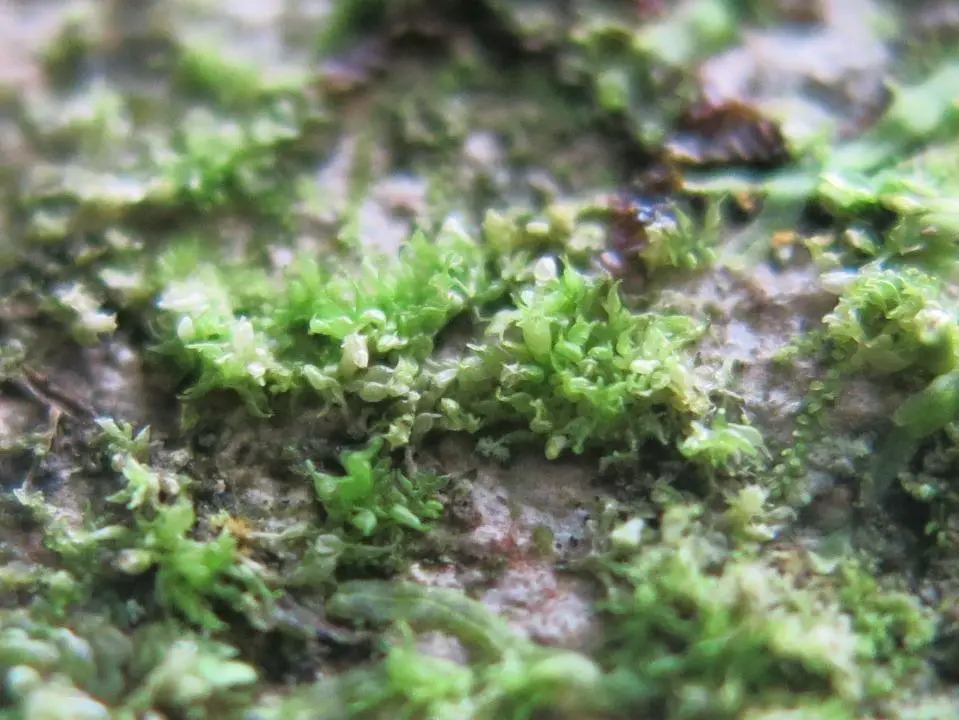
Colura%2Bcalyptrifolia%2BYew%2BTree%2BWood%2B35%2B24102016.JPG from: https://southwalesbryos.blogspot.com/2016/10/colura-in-se-wales.html
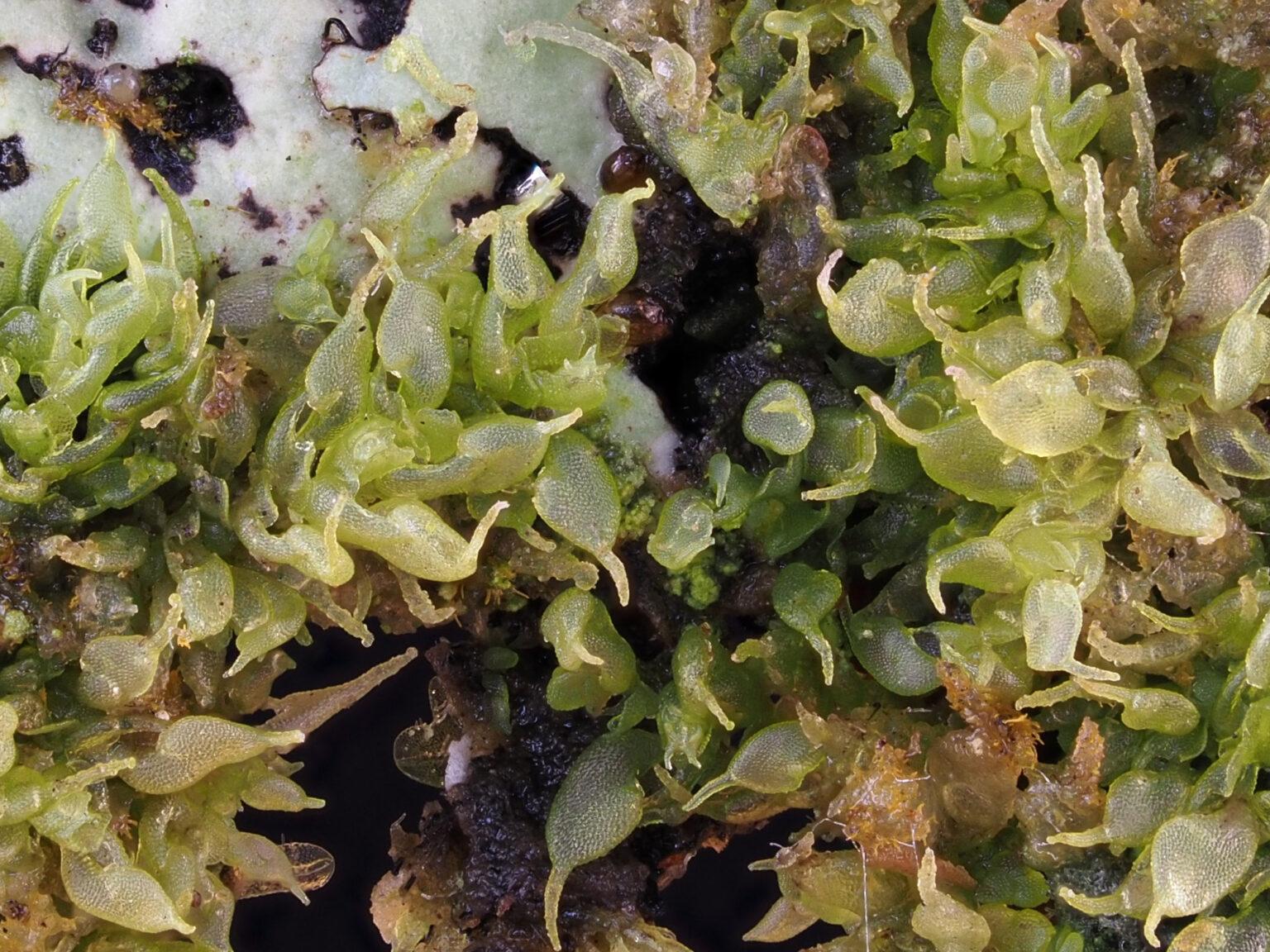
Colura-calyptrifolia-4-1536×1152.jpg from: https://www.britishbryologicalsociety.org.uk/bryophyte-of-the-month/colura-calyptrifolia/

img-z17-1_111.jpg from: https://bioone.org/journals/Cryptogamie-Bryologie/volume-41/issue-10/cryptogamie-bryologie2020v41a10/A-synopsis-of-Colura-Dumort-Dumort-Marchantiophyta–Lejeuneaceae-in/10.5252/cryptogamie-bryologie2020v41a10.full
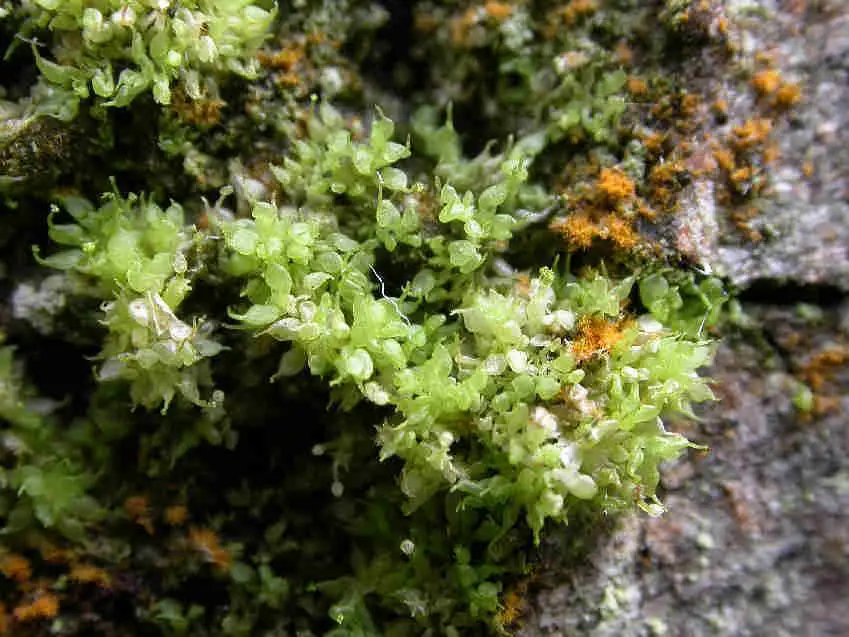
Colura_calyptrifolia_012.JPG from: https://cisfbr.org.uk/Bryo/Cornish_Bryophytes_Colura_calyptrifolia.html

21-Colura-cataractarum-Pocs-sp-nov-all-from-the-type-15-habit-side-view-16_Q640.jpg from: https://www.researchgate.net/figure/14–10-Colura-heimii-Ast-from-Pocs-Kis-9129-W-9-habit-ventral-view-10_fig2_347573599
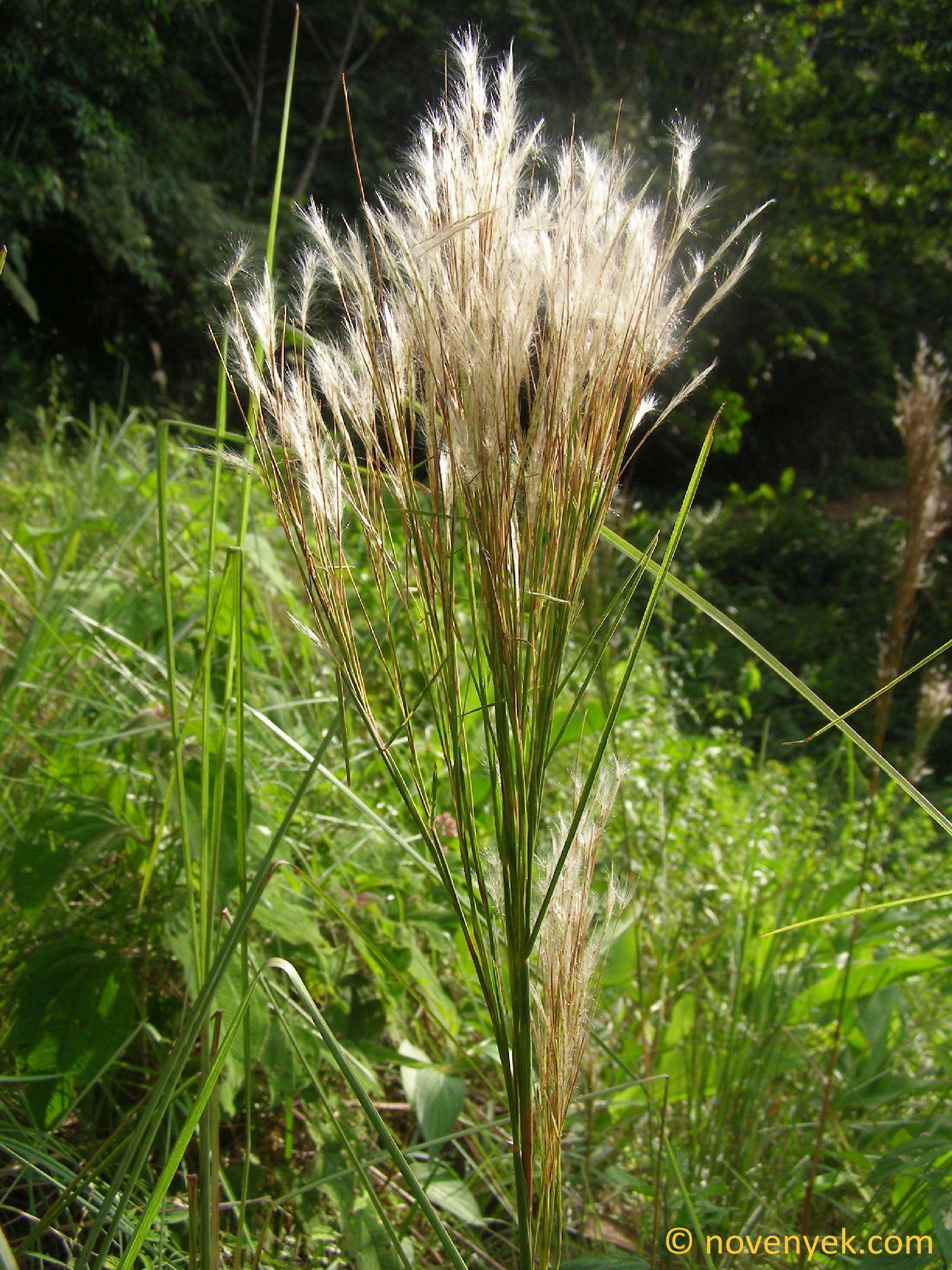
Andropogon-bicornis_by_TamasExner.jpg from: https://novenyek.com/andropogon-bicornis/
| Characteristic | Description |
|---|---|
| Division | Marchantiophyta |
| Class | Jungermanniopsida |
| Family | Lejeuneaceae |
| Genus | Colura |
| Species | C. bicornis |
| Growth Form | Epiphytic moss |
| Leaf Morphology | Divided into unequal lobes, larger lobe sac-like |
| Leaf Cells | Distinct trigones (corner thickenings) |
| Perianth | Two horn-like structures |
| Habitat | Humid tropical and subtropical forests |
Conclusion
Colura bicornis Jovet-Ast may be small, but it certainly isn’t boring! This fascinating moss and its relatives in the Lejeuneaceae family have some incredible adaptations for life in the treetops. Next time you’re in a tropical forest, take a closer look at the leaves and branches around you – you just might spot a patch of Colura making its living. What other secrets do you think these tiny plants hold?
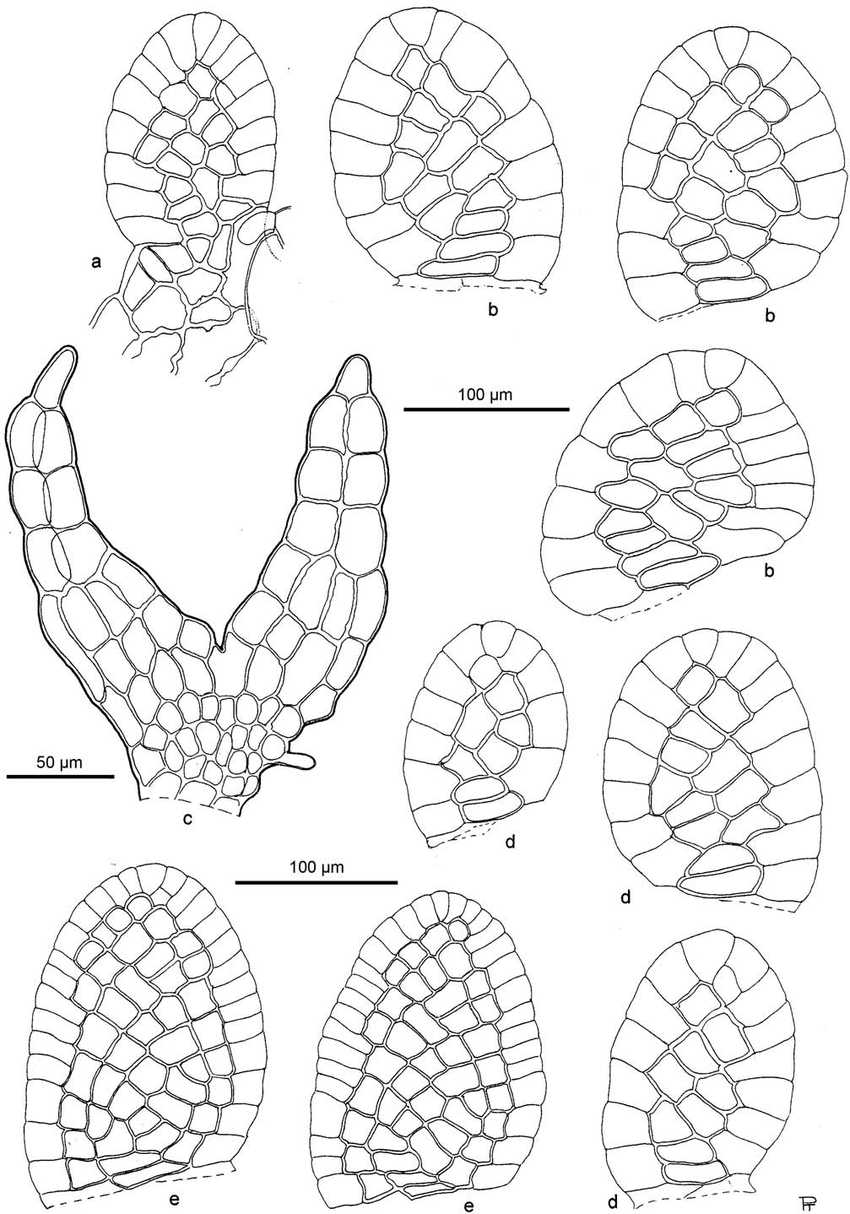
Colura-leratii-Steph-Steph-a-valve-Colura-conica-Sande-Lac-Goebel-b-larger.png from: https://www.researchgate.net/figure/Colura-leratii-Steph-Steph-a-valve-Colura-conica-Sande-Lac-Goebel-b-larger_fig2_289452163
